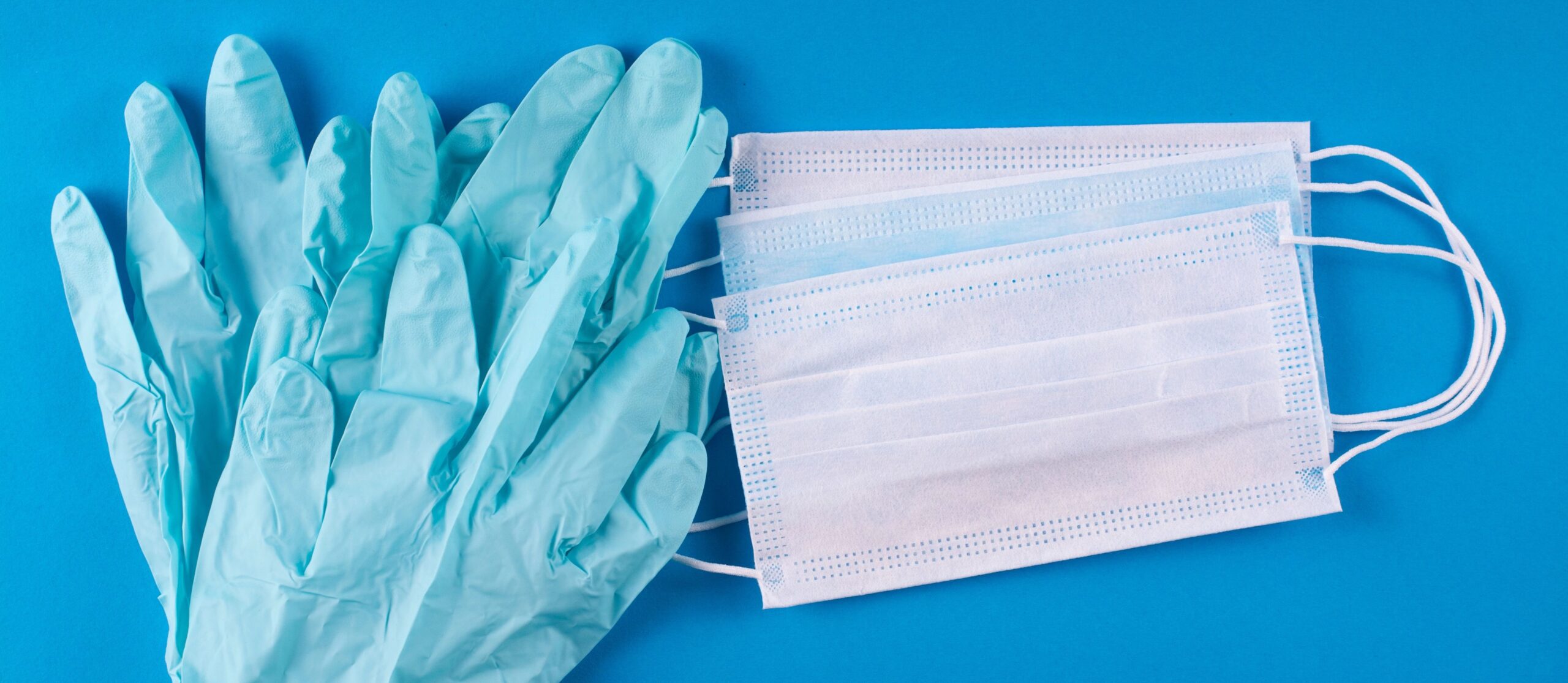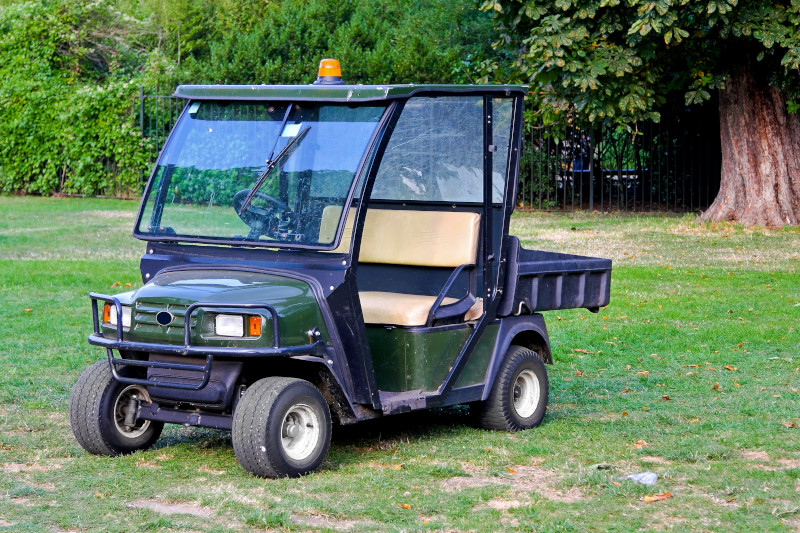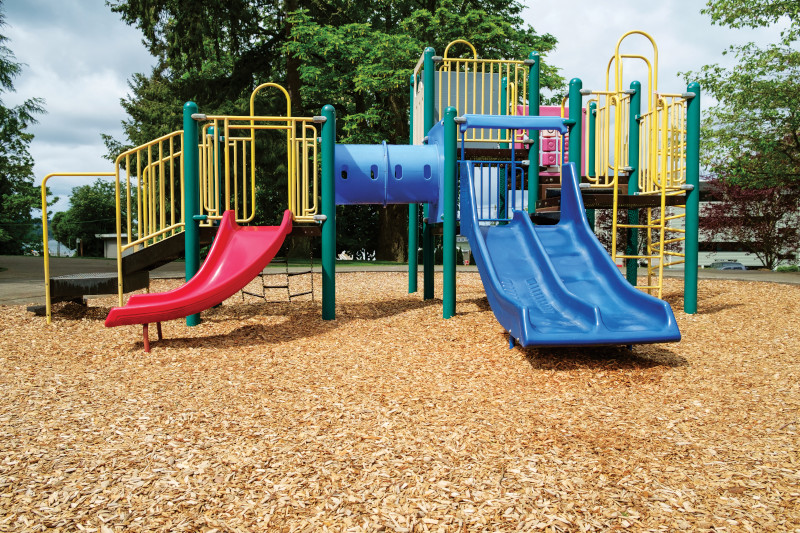Using Personal Protective Equipment

Since the beginning of 2020, workplaces across the world have been paying much closer attention to how they use personal protective equipment (PPE). Of course, PPE is a vital tool you can use to reduce employees’ risk of contracting the coronavirus (COVID-19). But, aside from a pandemic, it is always important to practice proper PPE use — especially when working with dangerous chemicals. CM Regent offers the following PPE best practices:
General PPE tips
- First and foremost, follow the disinfectant chemical’s Safety Data Sheet for recommendations about the proper PPE you should use. You will need to protect your eyes and hands from the chemical and make sure you are not inhaling it.
- Use new PPE whenever possible.
- Never share equipment with another user.
- Wash your hands after removing PPE.
- Disinfect goggles, gloves, masks and other forms of protection after use.
Hand protection and removing gloves
Rubber or latex gloves are an important component of proper PPE. When you are removing gloves, you should always assume they are contaminated — otherwise, if you touch contaminants while disposing of them, it negates the effect of the PPE. Follow these steps to safely remove gloves:
- Pinch and hold the outside of the glove near the wrist area.
- Peel downward, turning the glove inside-out.
- Pull the glove away until it is removed from the hand, holding the inside-out glove in the gloved hand.
- With your ungloved hand, slide your fingers under the wrist of the remaining glove, taking care not to touch the outside of the glove.
- Peel downward, turning the glove inside-out.
- Continue to pull the glove down and over the other glove inside your hand.
- Wash your hands with soap and water for 20 seconds immediately after removing the gloves.
Proper use of masks
The best type of respiratory mask to use is an N-95 respirator. When fitted properly, this mask will block out 95% of particles, including chemicals and droplets from other people. Facial hair can impede the respirator’s seal to your face and reduce its effectiveness. Additionally, when the respirator’s elastic band is stretched or worn, that can prevent the respirator from adhering tightly to your face, thereby offering less protection.




